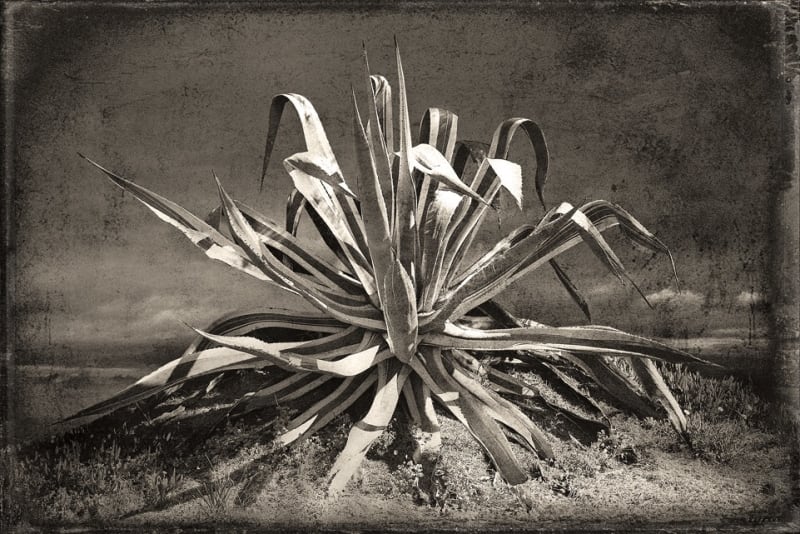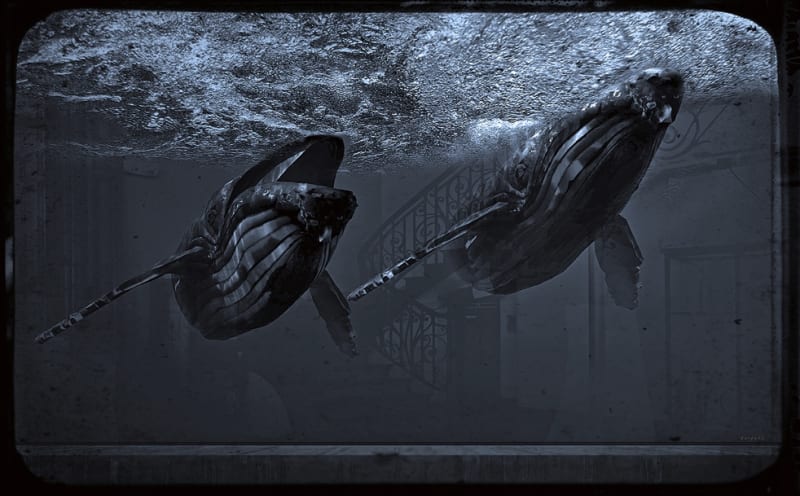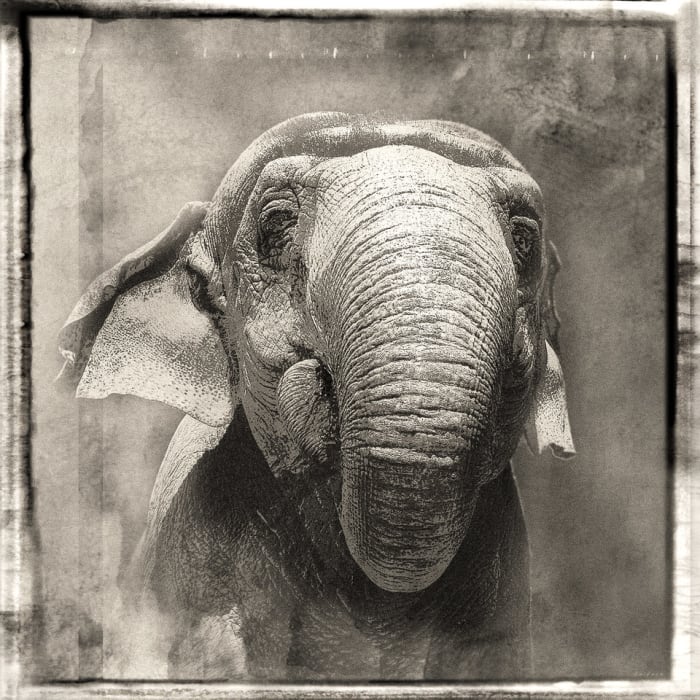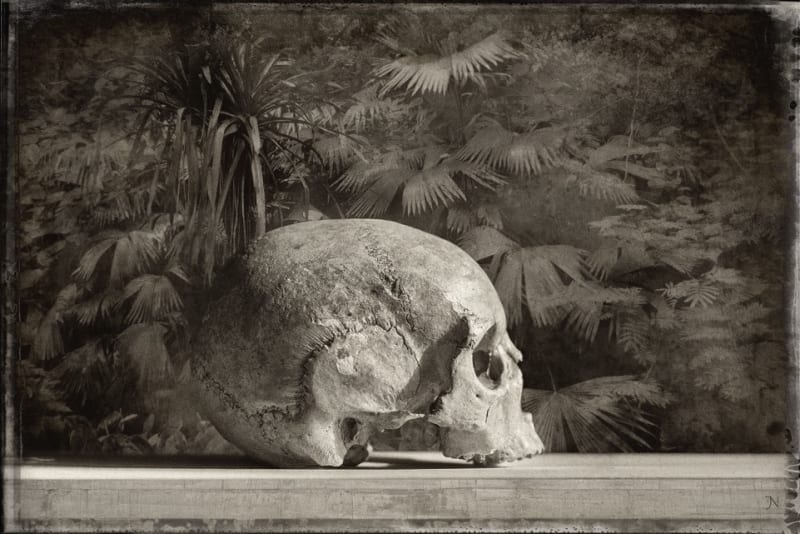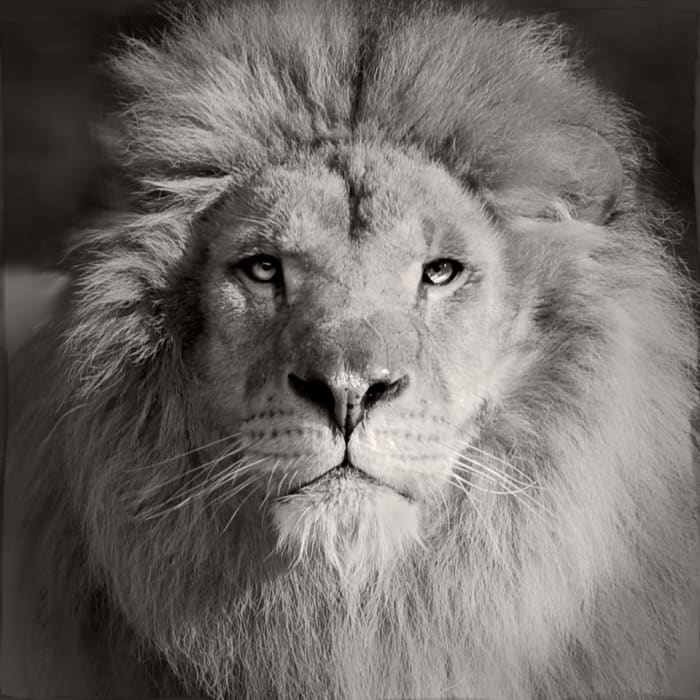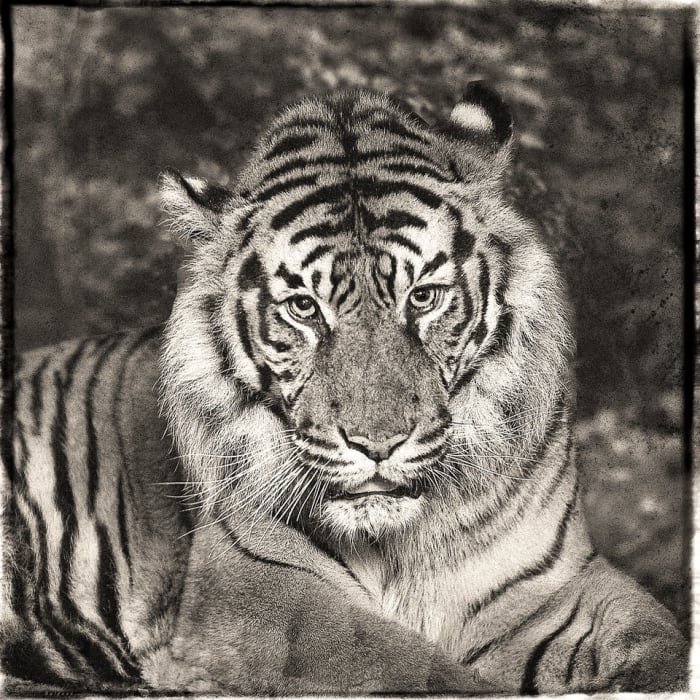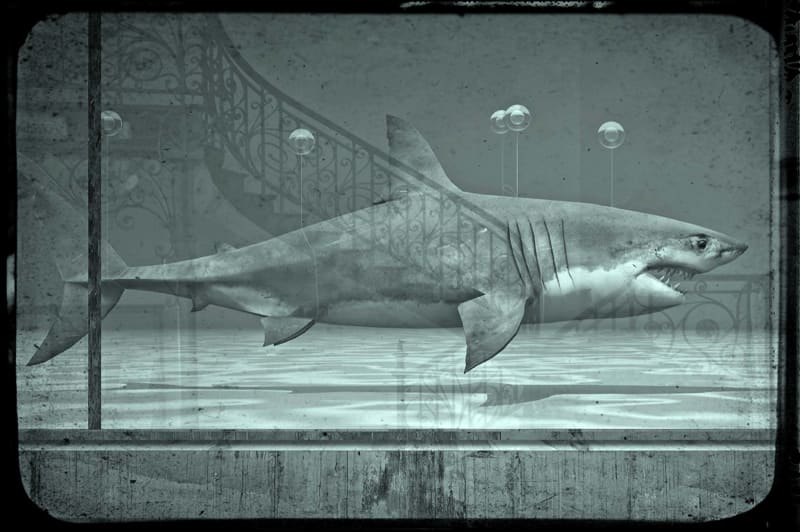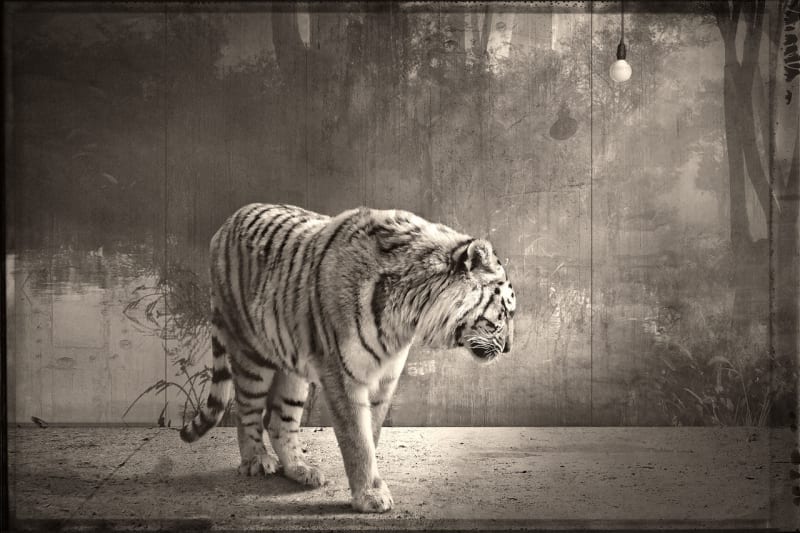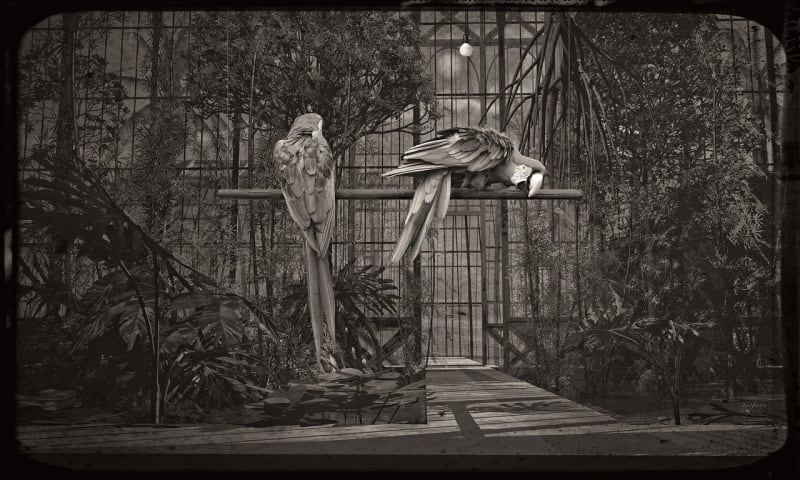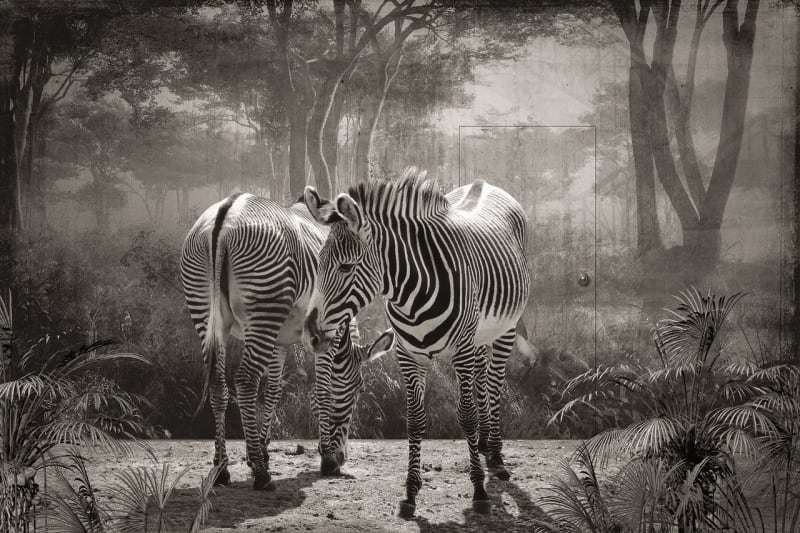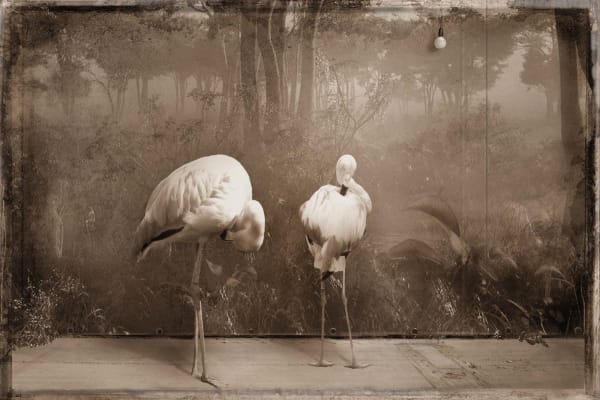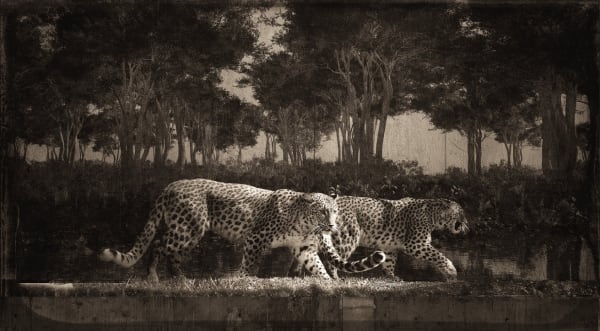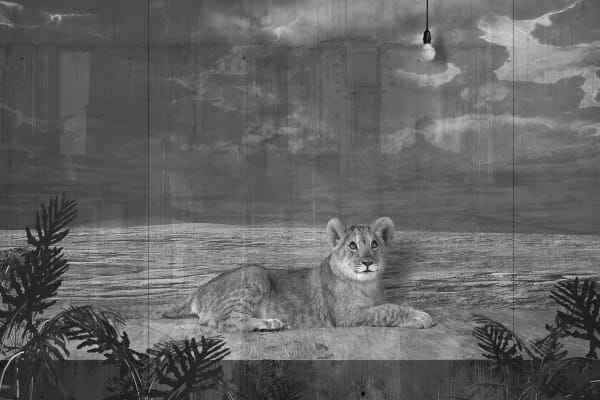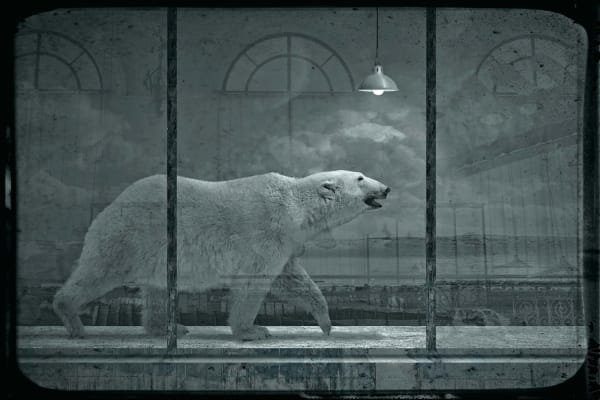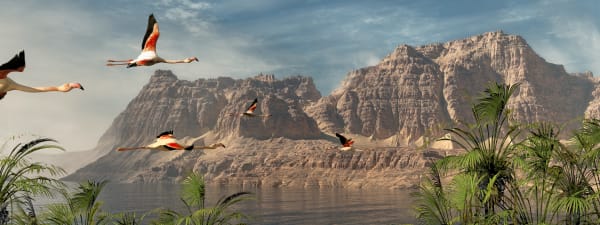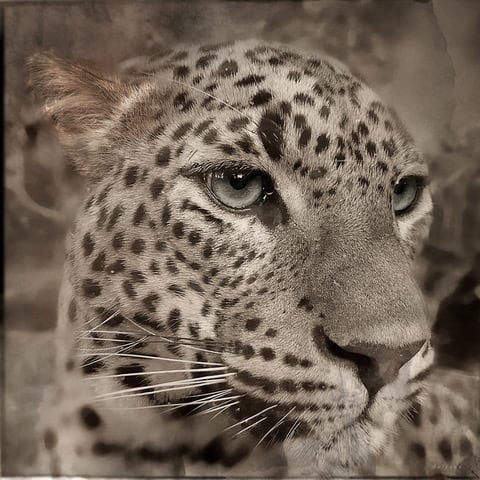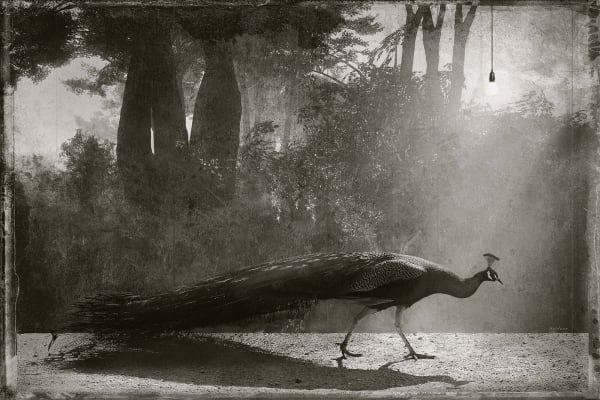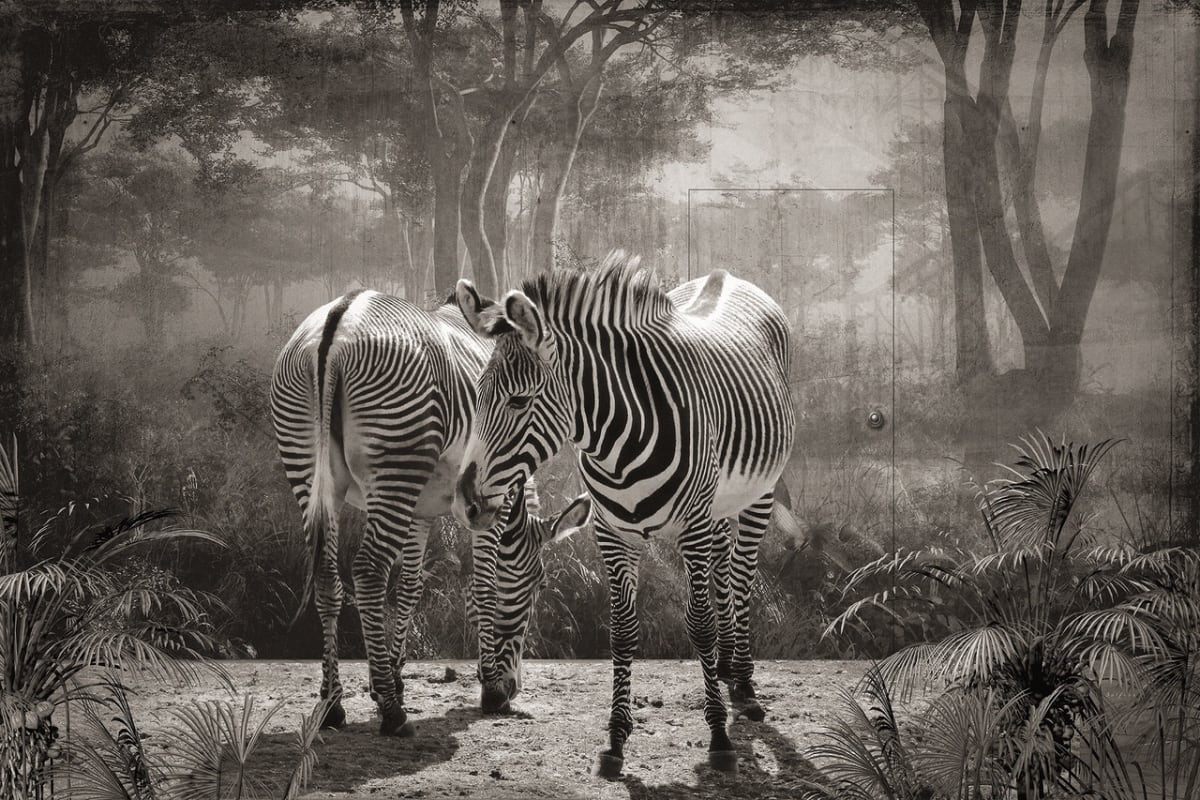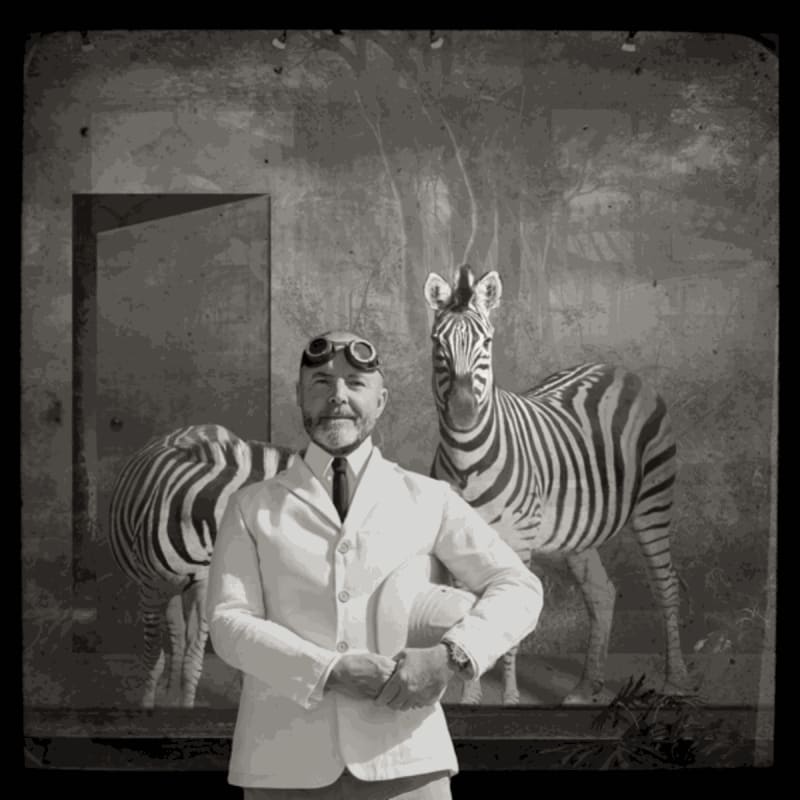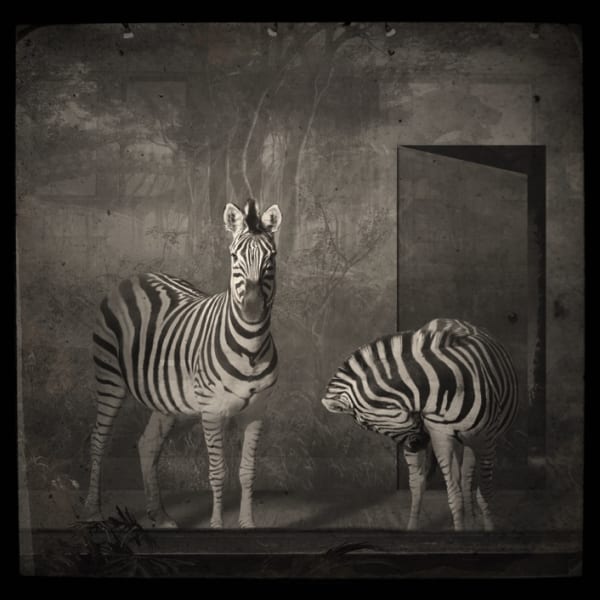Jan Gulfoss
"This separation between two worlds, between dream and reality, freedom and imprisonment, or could it be the opposite? An island, a theater, an inaccessible world, a parallel universe, a passage to another space and time.... This is a new order, which I want to render as a pre-futuristic vision, or post-historical one."
-
 Jan GulfossAgave, c. 2013-2016
Jan GulfossAgave, c. 2013-2016 -
 Jan GulfossDeux baleines, c. 2013-2016
Jan GulfossDeux baleines, c. 2013-2016 -
 Jan GulfossDeux flamants roses, c. 2013-2016
Jan GulfossDeux flamants roses, c. 2013-2016 -
 Jan GulfossDeux léopards, c. 2013-2016
Jan GulfossDeux léopards, c. 2013-2016 -
 Jan GulfossGrue couronnée sur une scène, c. 2013-2016
Jan GulfossGrue couronnée sur une scène, c. 2013-2016 -
 Jan GulfossJungle Skull, c. 2013-2016
Jan GulfossJungle Skull, c. 2013-2016 -
 Jan GulfossLion, c. 2013-2016
Jan GulfossLion, c. 2013-2016 -
 Jan GulfossLionceau devant une vitrine et Ampoule, c. 2013-2016
Jan GulfossLionceau devant une vitrine et Ampoule, c. 2013-2016 -
 Jan GulfossOurs Polaire, c. 2013-2016
Jan GulfossOurs Polaire, c. 2013-2016 -
 Jan GulfossRhinoceros de Dürer, c. 2013-2016
Jan GulfossRhinoceros de Dürer, c. 2013-2016 -
 Jan GulfossFlamants roses devant un décor, 2017
Jan GulfossFlamants roses devant un décor, 2017 -
 Jan GulfossRequin Blanc, 2017
Jan GulfossRequin Blanc, 2017 -
 Jan GulfossCouple de lions, 2015
Jan GulfossCouple de lions, 2015 -
 Jan GulfossGibbons devant un décor, 2015
Jan GulfossGibbons devant un décor, 2015 -
 Jan GulfossPantera IV, 2015
Jan GulfossPantera IV, 2015 -
 Jan GulfossHippopotame et aigrette, 2014
Jan GulfossHippopotame et aigrette, 2014 -
 Jan GulfossTigre et ampoule, c. 2013-2016
Jan GulfossTigre et ampoule, c. 2013-2016 -
 Jan GulfossElephant portrait, c. 2013-2016
Jan GulfossElephant portrait, c. 2013-2016 -
 Jan GulfossPaon de Nuit, 2014
Jan GulfossPaon de Nuit, 2014 -
 Jan GulfossPerroquets dans une serre I, 2016
Jan GulfossPerroquets dans une serre I, 2016 -
 Jan GulfossSumatra Tiger, c. 2013-2016
Jan GulfossSumatra Tiger, c. 2013-2016 -
 Jan GulfossZebres de Grevy devant un Décor, 2016
Jan GulfossZebres de Grevy devant un Décor, 2016
Born in 1957 in the Netherlands, Jan Gulfoss is an explorer, both artistically and scientifically speaking. Fascinated by nature since an early age, he has continuously observed his environment and attempted to render its images and sounds. When not in the natural history museums and particularly the Monaco one which he frequently visits, Gulfoss is to be found roaming the world in a scientific expedition. From the Icelandic glaciers and volcanoes, to the hanging monasteries of Bhutan, via the Arctic pole, Tasmania, the Amazon or Africa, he studies the frequencies of Nature and record whale songs, Buddhist monks chants, or aboriginal didgeridoo.
Following his encounter with the monk Mathieu Ricard in 2011, Gulfoss decided to create his own "Plea For Animals" and subsequently developed his visual arts practice, both painting and photography. Revisiting the classic studio portrait, he places his model in front of a painted background of his own making. The attention he brings to his stage is such that the subject initially appears to pose in his natural habitat. However, at second glance, the image dissolves to reveal the subterfuge; a door, a light bulb, a glare on a window, unveil to our subconsciousness the frailty of what we had hoped to see. Can this peaceful world filled with animals be maintained outside an artificial setting? Couldn't we erase this window which separates us from the animal kingdom in order to better integrate it? Gulfoss photographs raise many questions. They force us to reevaluate the way we apprehend the place of animals and by extension, our own positioning within a global ecosystem.
-

Winter Exhibition
Group Show 18 Dec 2024 - 1 Feb 2025This winter, we invite you to immerse yourself in a captivating collective photography exhibition that celebrates the diverse creative visions of 14 of our artists. Each artist brings a unique...Read more -

Un monde plus silencieux
Jan Gulfoss & Etienne Viard 19 - 25 Aug 2021Echo Fine Arts is proud to exhibit photographs by multidisciplinary artist Jan Gulfoss alongside steel sculptures by Etienne Viard in a pop-up solo show located at the Lavoir Vasserot, in the heart of Saint Tropez.Read more

